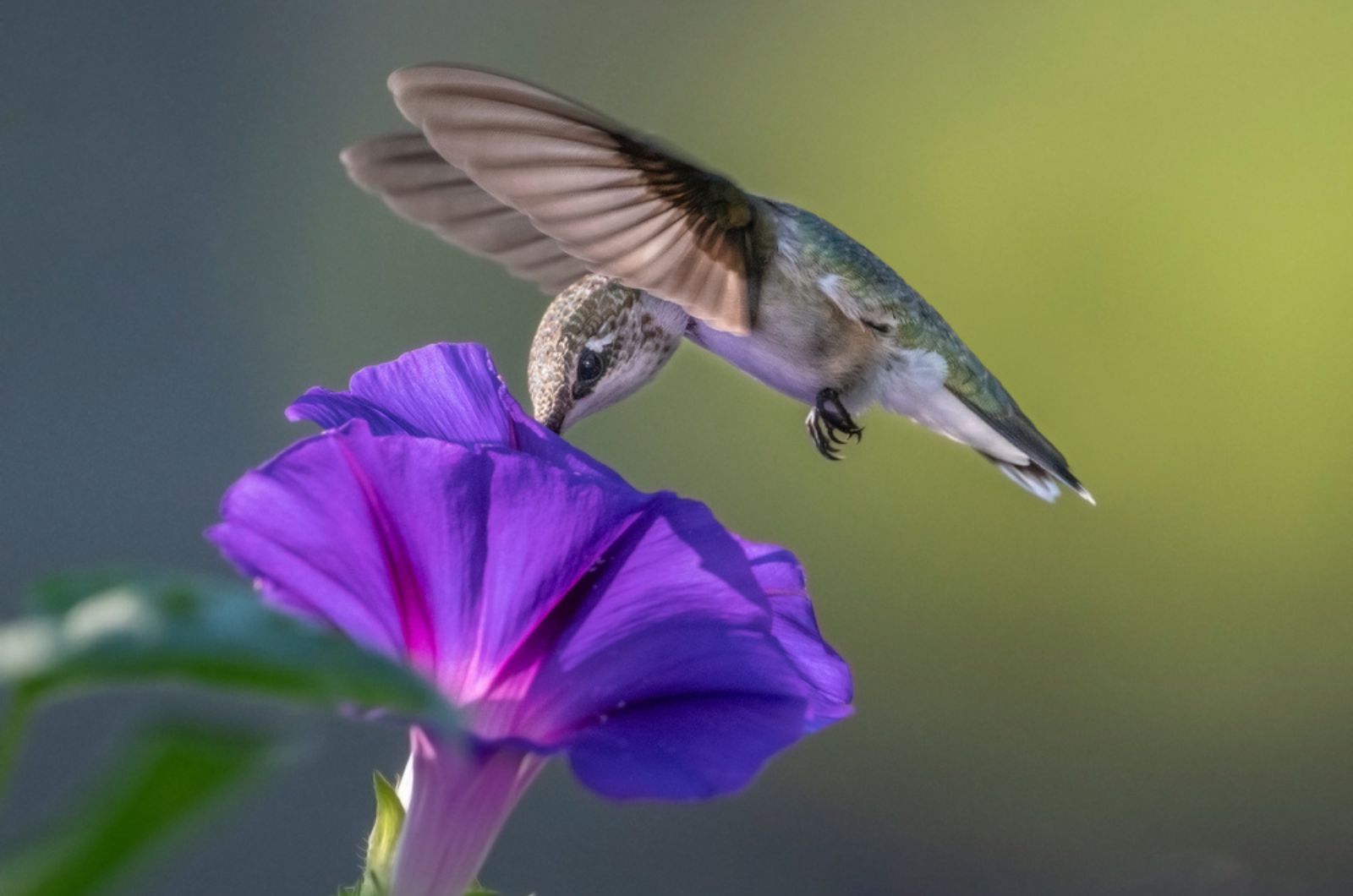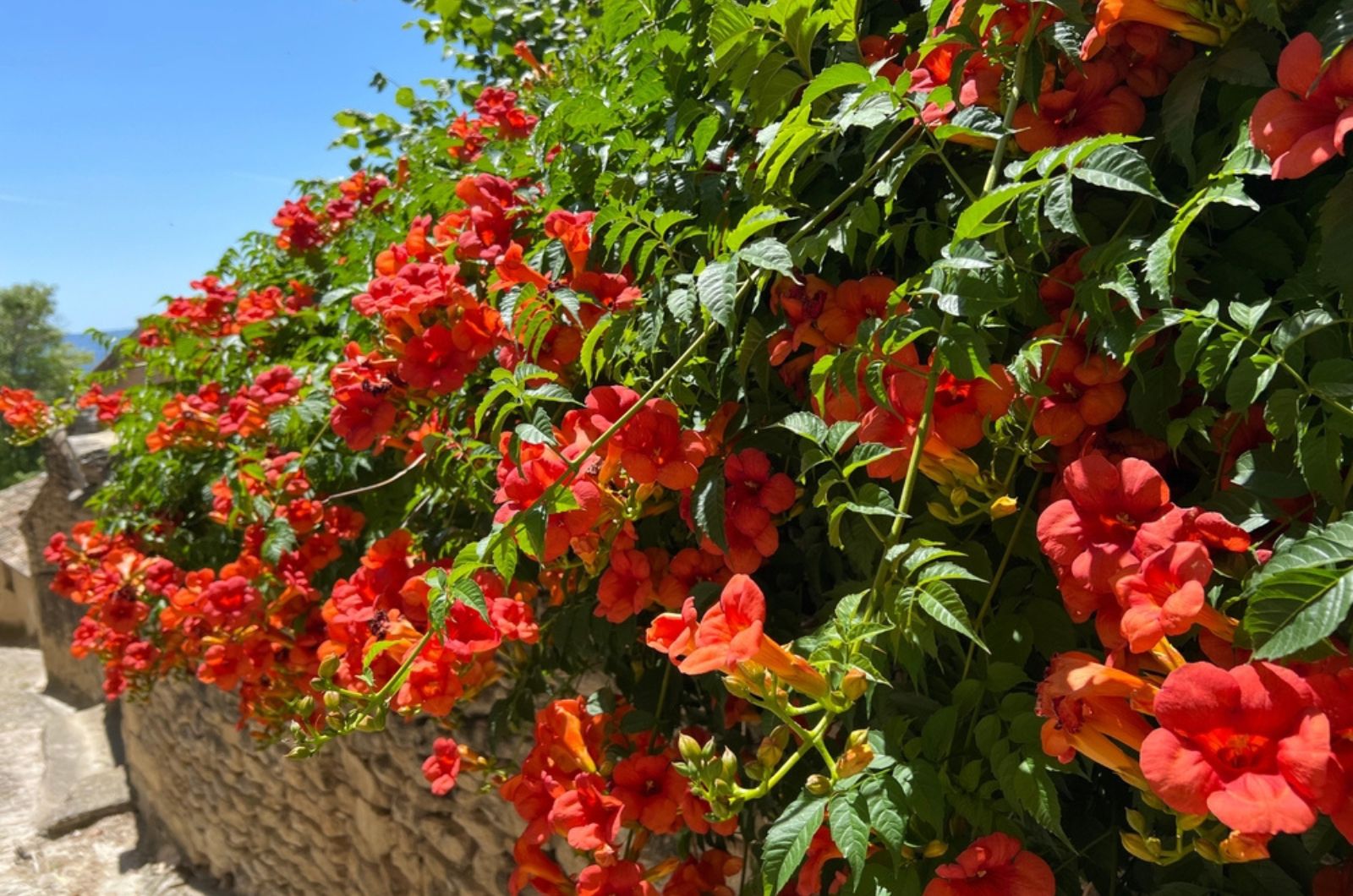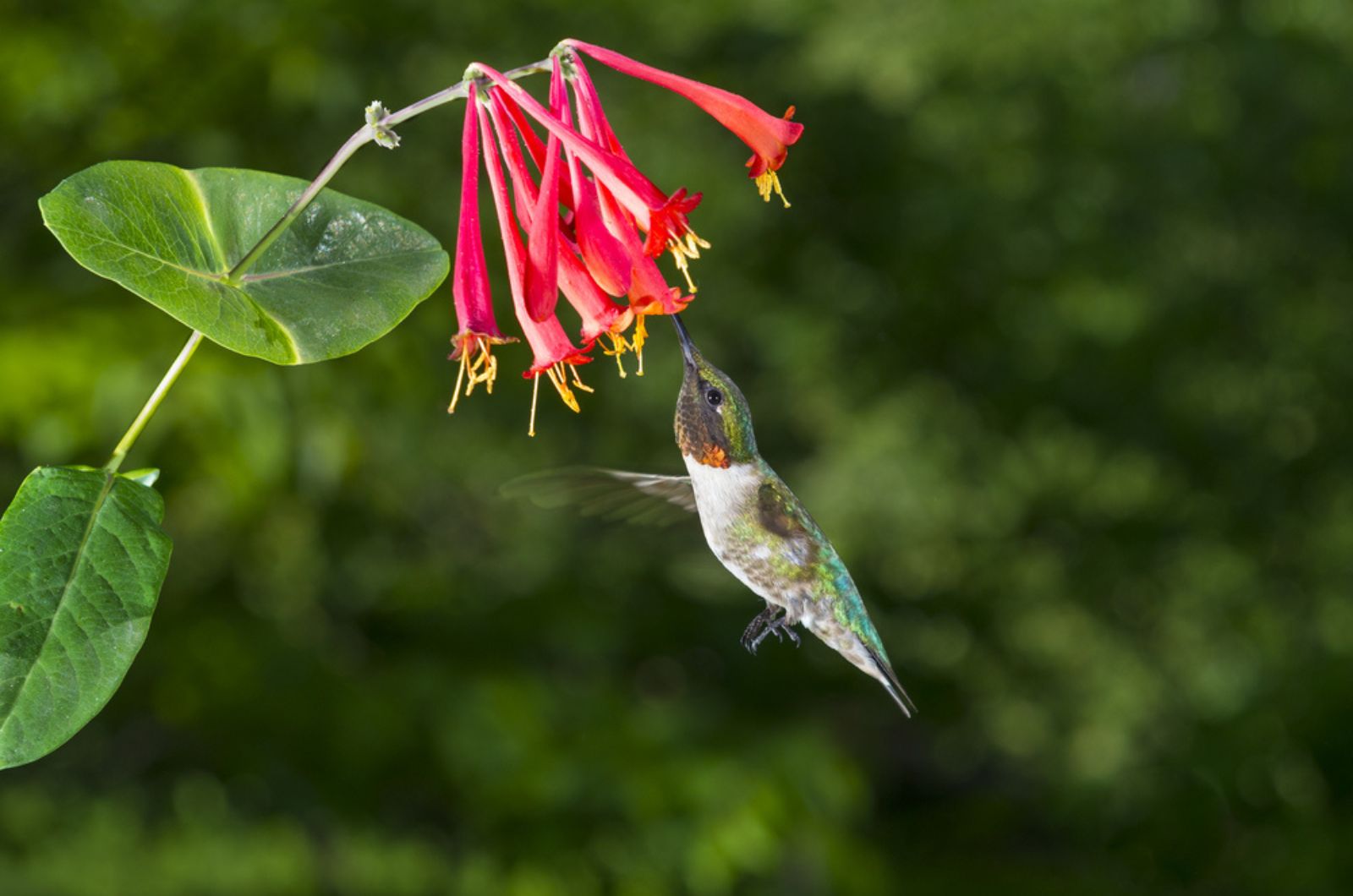If you ask ten gardeners which flower to plant to best attract hummingbirds, at least six will put the morning glory flower on the list. Well, these aren’t official statistics, but it is just how we plant growers refer to this flower.
And yes, there’s no doubt it will attract these birds, but there’s more to the story. There are many varieties of morning glory and some of them you don’t want in your yard.
I learned the hard way that planting these varieties is a double-edged sword.
So, what’s the catch?
Morning Glory Is An Invasive Plant And Could Take Over Your Yard
And…There you have it.
Morning glory is referred to as Ipomea in botany, and it’s a famous fast-growing vining plant. One of its features is that it’s a self-seeding plant, meaning that you don’t need to plant it every year and it will still come back.
For many gardeners, this characteristic in plants is amazing, but the problem is once the plant starts taking over your yard.
It wouldn’t be an issue if the plant was native to the US. There are, indeed, a few Ipomea varieties that are natives, but the one we commonly see in US gardens isn’t.
I’m talking about Ipomea purpurea, a plant with violet-purple trumpet-shaped blooms that are true showstoppers.
But don’t let beauty fool you; this is an invasive species and shouldn’t be used to attract hummingbirds or for any other purpose in your yard.
Just to make one thing clear, the morning glory won’t cause you trouble if you live in cooler climates. As soon as the temperatures drop, the vines will die back and the plant won’t come back the next season.
But if you live in Florida, Southern California, or any other warmer zone, the plant will self-seed and become an invasive perennial.
Oh, and if you were thinking about planting this flower in a container, that’s not a good idea either. It will drop the seeds all around the container and the wind will take it from there.
What to do, then? Luckily, there are plenty of other ways to draw hummingbirds, so let’s get straight to that!
These Are Better Alternatives To Entice Hummingbirds
Let’s first discuss why you wanted to add morning glory, and then see the alternatives.
If your main goal was to draw hummingbirds with a vining plant, the first alternative would be the spectacular trumpet vine.
This is a native species that performs well in USDA zones 4 through 8.
Another climber that draws hummingbirds is the crossvine. I planted it a few years ago and as soon as it started flowering, it became one of my favorite plants. This native plant is perfect for USDA zones 5 through 9 and doesn’t need a lot to thrive.
If you planted morning glory because of the flower color, then the passionflower vine is perfect for you. Its stunning purple blossoms are true magnets for hummingbirds and various other pollinators. As an added bonus, you’ll be rewarded with edible fruit!
For those who live on the coast and have trouble finding a plant that can withstand the salt, then coral honeysuckle is the best option.
Hummingbirds adore it but what I especially like about it is that it’s deer-resistant. Every gardener who has had to deal with these animals in their yard knows how challenging they can be.
You see, there are many alternatives to morning glory and you’ll still have hummingbirds in your yard. So, skip all the hassle, and don’t let the beauty lead you astray!




